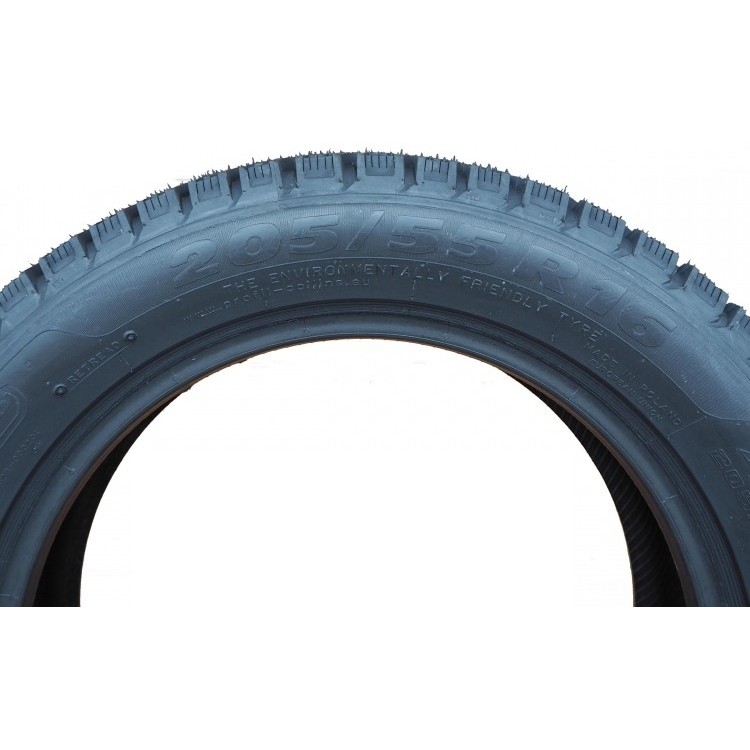How the tyre size might appear.
Dissecting the codeThe tyre size might read like this: P195/55 R16 87 V. Hardly user friendly but, when you know what it all means, you’ll realise it tells you useful information about the tyre’s construction, size and type.
1 Cross section widthThe first three numbers, in this case 195, refer to the section width of the tyre. This is the measurement, in millimetres, from the tyre’s inner sidewall to its outer sidewall.
2 Aspect ratioThe aspect ratio, or profile, refers to the height of the sidewall as a % of the section width. In our example, 55 means the height is equal to 55% of the 195mm width. The bigger the aspect ratio, the bigger the sidewall will be.
3 Construction typeThe letter R means the tyre is a radial construction. Almost all new car tyres are radials.
4 RimThe number to the right of the construction type is the rim diameter, measured in inches. In this case, it’s a 16” wheel.
The final number is the load index i.e. the maximum load (in kg) that the tyre can carry. See chart below
| Load Index | Load in kg | Load Index | Load in kg | Load Index | Load in kg | Load Index | Load in kg |
| 62 | 265 | 79 | 437 | 96 | 710 | 113 | 1150 |
| 63 | 272 | 80 | 450 | 97 | 730 | 114 | 1180 |
| 64 | 280 | 81 | 462 | 98 | 750 | 115 | 1215 |
| 65 | 290 | 82 | 475 | 99 | 775 | 116 | 1250 |
| 66 | 300 | 83 | 487 | 100 | 800 | 117 | 1285 |
| 67 | 307 | 84 | 500 | 101 | 825 | 118 | 1320 |
| 68 | 315 | 85 | 515 | 102 | 850 | 119 | 1360 |
| 69 | 325 | 86 | 530 | 103 | 875 | 120 | 1400 |
| 70 | 335 | 87 | 545 | 104 | 900 | 121 | 1450 |
| 71 | 345 | 88 | 560 | 105 | 925 | 122 | 1500 |
| 72 | 355 | 89 | 580 | 106 | 950 | 123 | 1550 |
| 73 | 365 | 90 | 600 | 107 | 975 | 124 | 1600 |
| 74 | 375 | 91 | 615 | 108 | 1000 | 125 | 1650 |
| 75 | 387 | 92 | 630 | 109 | 1030 | 126 | 1700 |
| 76 | 400 | 93 | 650 | 110 | 1060 | ||
| 77 | 412 | 94 | 670 | 111 | 1090 | ||
| 78 | 425 | 95 | 690 | 112 | 1120 |
Tyre load rating table
6 Speed symbolThe final character (in this case V) relates to the maximum speed of use.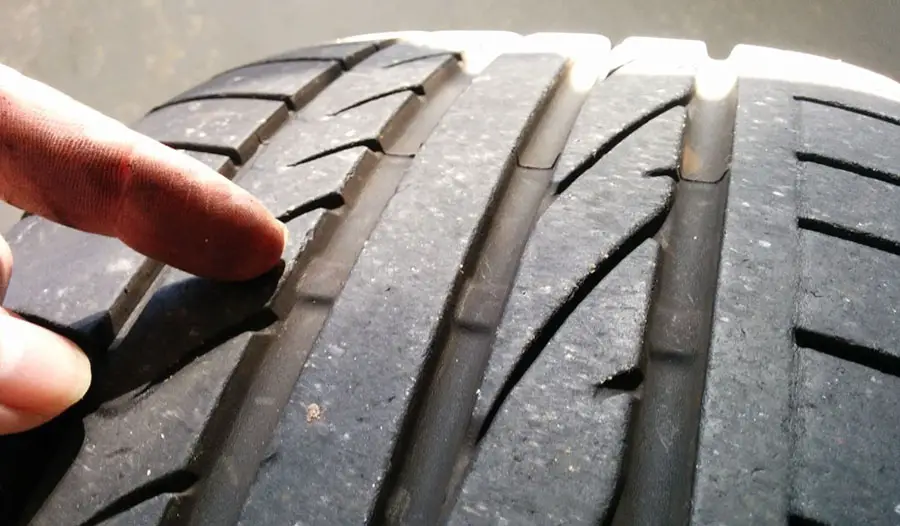 Again, the following table will clarify what your tyre’s symbol means.
Again, the following table will clarify what your tyre’s symbol means.
| Speed Rating | Mile/Hour | Kilometers/Hour | Speed Rating | Mile/Hour | Kilometers/Hour | |
| N | 87 | 140 | U | 124 | 200 | |
| P | 93 | 150 | H | 130 | 210 | |
| Q | 99 | 160 | V | 149 | 240 | |
| R | 106 | 170 | ZR | 150+ | 240+ | |
| S | 112 | 180 | W | 168 | 270 | |
| T | 118 | 190 | Y | 186 | 300 |
Tyre speed rating table
Where can I find my car’s tyre size?You’ll find you car’s tyre size on the tyres’ sidewall, in your car’s vehicle manual as well as on a sticker inside the driver’s door. If you’re still unsure, visit your nearest Uniroyal dealership for advice.
If you’re still unsure, visit your nearest Uniroyal dealership for advice.
Tire size can be confusing. Some numbers on the sidewall are listed in millimeters while others are inches. Plus, the right size for your car, truck, or trailer can differ depending on where and how you drive.
You can see your original equipment tire size in your owner’s manual or on the placard generally located on the driver’s side door jam. This is the sizing recommended by the vehicle manufacturer.
If you’re interested in switching out your tires for a different look or performance, a good place to start is the numbers and other indicators on your existing tires’ sidewall. Next, have a tire professional help you determine a tire size range that will fit your vehicle and driving needs.
Here’s what those numbers and indicators on the sidewall indicate and how to understand them:
A: TIRE TYPE The first letter in the code tells you what class of tire it is.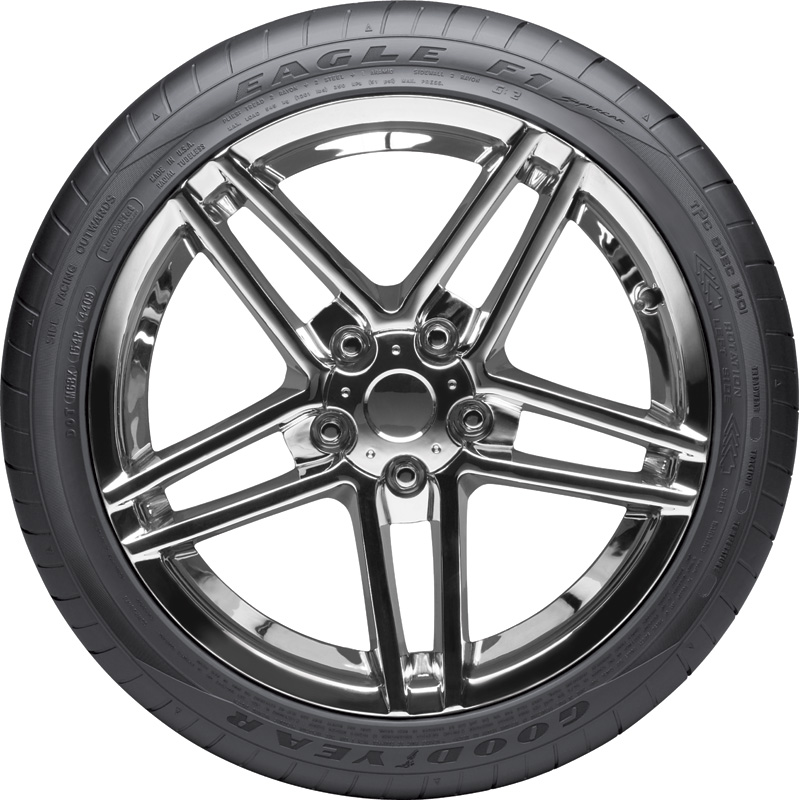
P stands for passenger vehicle tire. P-class tires include cars, SUVs, crossovers, minivans and smaller pickup trucks.
LT means light truck tire, designed for vehicles that are capable of carrying heavy loads, towing trailers, or for those looking for an extra heavy duty option. These are often equipped on three-quarter or 1 ton trucks and SUVs.
ST stands for Special Trailer. These tire sizes are meant for trailers, including fifth wheels and other travel trailers, as well as boat and utility trailers.
If there’s no letter before the first number, you have a metric tire most commonly referred to as European size. It’s also measured in millimeters but may have a different load capacity than a P or LT tire.
B: TIRE WIDTH The three-digit number following the letter is the tire’s width (from side to side, looking at the tire head on) in millimeters. This may also be referred to as the section width.
C: ASPECT RATIO The forward slash separates the tire width number from the two-digit aspect ratio. The bigger the aspect ratio, the higher/taller the tire’s sidewall, or “profile” as it’s sometimes called.
The aspect ratio is indicated on the tire sidewall as a percentage. It’s the height of the sidewall measured from wheel rim to top of the tread, expressed as a percentage of tire width.
In this example, the aspect ratio is 65, meaning the sidewall is 65 percent as high as the tire is wide. To get the sidewall height, take the tire width of 215 mm and convert it to inches (8.46). Then multiply this by 65% (.65). This gives you an answer of 5.5, the sidewall height in inches.
D: CONSTRUCTION TYPE This single letter tells you about the internal construction of the tire.
R is for radial tires, the industry standard for most tires today. They have better road grip, lower rolling resistance for better gas mileage, ride comfort and durability than previous generations of tires.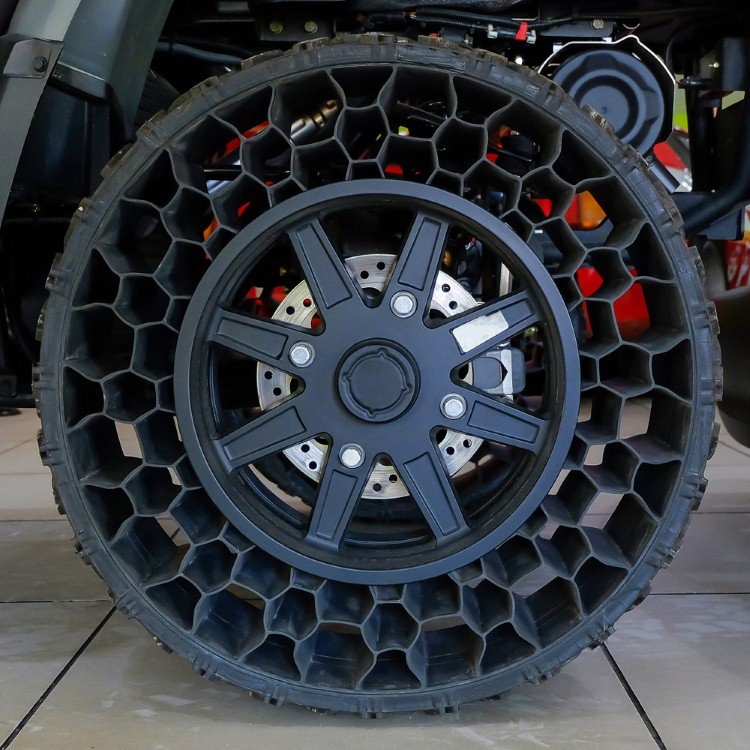 In a radial tire, the plies — layers of strong cords made of a blend of polyester, steel and fabric and coated with rubber — are laid perpendicular to the direction of travel.
In a radial tire, the plies — layers of strong cords made of a blend of polyester, steel and fabric and coated with rubber — are laid perpendicular to the direction of travel.
D is for tires built with diagonal (crisscrossed) plies, called bias-constructed tires. They are also called conventional, x-ply, or cross-ply tires. Some motorcycle and trailer tires still use this internal construction.
Some run-flat tires are identified with an F followed by the type of internal construction.
E: WHEEL DIAMETER This two-digit number specifies wheel diameter in inches. It’s the distance between the two bead seat areas (where a tire gets tightly sealed onto the wheel).
F: LOAD INDEX The two-digit or three-digit number that follows the gap specifies tire load index. The load index symbol indicates how much weight a tire can support, based on the following standard chart. In our example, the load index is 89, which indicates the tire has a load capacity of 1,279 pounds, when inflated to the tire’s maximum air pressure rating.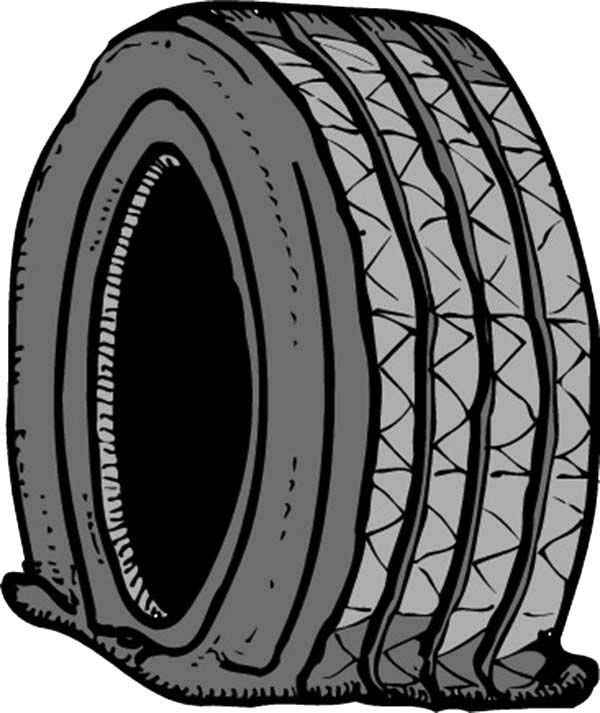
G: SPEED RATING The last letter is the tire speed rating. This indicates the top speed it’s safe to travel at for a sustained amount of time. A tire with a higher speed rating can handle heat better and provide more control at faster speeds. The maximum operating speed of a vehicle is no more than the lowest speed rating of all tires mounted on the vehicle. (Of course, you should always abide by speed limits for safer driving.) Speed rating is usually, but not always, a single letter (see the chart).
Below you will find several charts that will help you understand tire sizing numbers, including a load index chart and speed rating chart.
A tire size calculator is a quick way to see whether the tire size you’re considering will likely fit your car, SUV, sports car, light truck or crossover.
But remember that is only an estimate. It’s important to stay within the sizing tolerances of your vehicle. Tires that are the wrong size could cause some pull in the steering wheel, rub against the suspension or body of your vehicle, reduce clearance on hills, or result in a stiffer or noisier ride.
Tires that are the wrong size could cause some pull in the steering wheel, rub against the suspension or body of your vehicle, reduce clearance on hills, or result in a stiffer or noisier ride.
If you’re considering mounting a different tire size on your vehicle, check with a tire expert. Find out whether the tires and wheels you have your eye on are the right fit for your vehicle’s suspension, gearing, and bodywork. And ask how any differences in revolutions per mile, tire speed, load index, and speed rating will affect your ride quality and vehicle performance.
See how new tires and rims will look on your car or truck using our Virtual Wheels simulator, available at any Les Schwab.
Find Your Store
1. What is the tire profile height and how to calculate it?
2. What does the tire profile affect?
3. Increasing the tire profile: pros and cons
4. Reducing the tire profile: pros and cons
Reducing the tire profile: pros and cons
5. Do I need to change the profile height?
The tire profile is one of the key parameters that you need to pay attention to when choosing car tires. For each car, the manufacturer usually develops recommendations regarding what tire size should be and what deviations in these dimensions are acceptable. Deviations from the specified especially often concern the height of the tire profile. What affects the profile of the tire, and is it really necessary to change it? We understand.
What is tire profile height and how to calculate it?
Simply put, the height of a tire profile is practically its thickness, that is, the distance from the disk to the outermost surface of the tread.
The catch is that in the markings on the car tire itself, the profile height is not indicated directly in millimeters - it depends on the width of the tire.
For example, the marking says that we have a tire of dimension:
215/50R17
The width is 215 mm, the profile height is 50% of this width, which means: 215 * 0. 5 = 107.5 mm. What is important in this system of calculation? That with different tire widths with the same height percentage, the height will actually be different. So, for 225/50 tires, the profile height will already be 225 * 0.5 = 112.5 mm. So don't let the coincidence of the numbers after the fractional line on the marking mislead you - with different widths, the height will also be different.
5 = 107.5 mm. What is important in this system of calculation? That with different tire widths with the same height percentage, the height will actually be different. So, for 225/50 tires, the profile height will already be 225 * 0.5 = 112.5 mm. So don't let the coincidence of the numbers after the fractional line on the marking mislead you - with different widths, the height will also be different.
Marking R17 in colloquial speech is often called the radius of the wheel, but this is not true. R stands for radial construction (how the cord fits in the tire), and the number is the fit or inner diameter of the tire in inches. So, we have 17-inch radial tires.
The labeling of American car tires is different from European ones. It is presented in the form
35×12.50 R15
There is no profile height data here, and all dimensions are measured in inches. 35 inches is the outer diameter of the tire, 12.50 is the width of the tire, and R15 is the already familiar 15 inches of the landing diameter.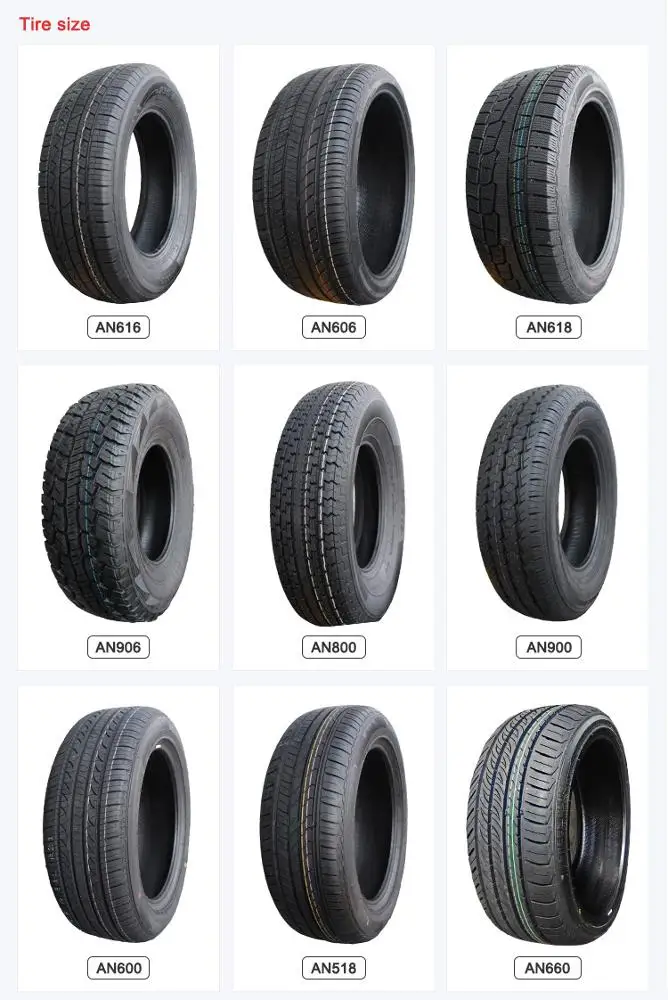 To calculate the profile, we connect geometry to arithmetic: subtract the inner diameter from the outer diameter, we get the “thickness” of the tire on both sides of the disk, divide it by two and get the profile. (35-15)/2= 10 inches. You can convert to meters according to the scheme 1 inch = 2.54 cm. Thus, the tire profile is 25.4 cm or 254 mm.
To calculate the profile, we connect geometry to arithmetic: subtract the inner diameter from the outer diameter, we get the “thickness” of the tire on both sides of the disk, divide it by two and get the profile. (35-15)/2= 10 inches. You can convert to meters according to the scheme 1 inch = 2.54 cm. Thus, the tire profile is 25.4 cm or 254 mm.
What is the profile of a tire?
As practice shows, even a slight deviation from the tire parameters specified by the manufacturer can affect how the car behaves on the road. For example, tires with a low profile and larger rims are easier to handle in turns, and a high tire profile increases flotation. It turns out that even with small changes in the height of the profile, you can slightly adapt the car to your driving style and road conditions.
How far you can deviate from the optimal dimension is another question. It is possible to reduce and increase the profile of the tire without changing the diameters of the wheel; it is enough to choose a larger or smaller disk, respectively.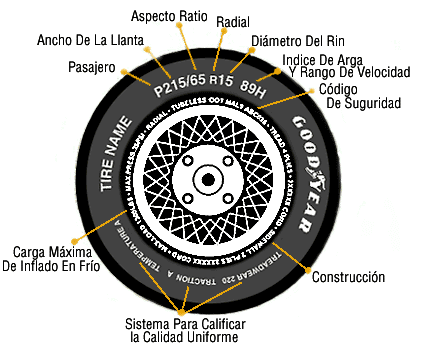 If the entire diameter of the tire increases, then problems may arise: when driving, the tire will touch the wheel arch or fender liner, which threatens with damage. And the wheel itself will become noticeably heavier, which will put an additional load on the suspension. Such changes are well tolerated by SUVs, since they are designed for additional load, but owners of ordinary passenger cars should think again.
If the entire diameter of the tire increases, then problems may arise: when driving, the tire will touch the wheel arch or fender liner, which threatens with damage. And the wheel itself will become noticeably heavier, which will put an additional load on the suspension. Such changes are well tolerated by SUVs, since they are designed for additional load, but owners of ordinary passenger cars should think again.
Increasing the tire profile: pros and cons
Pros:
- while maintaining the width of the tire, a slight increase in the profile will make driving softer, especially when passing obstacles;
- reduces the risk of tire sidewall puncture;
- tires with a larger diameter (by 1-2 sizes) give a higher fit, which increases the patency of the tire.
Minuses:
- too high a tire profile will have a bad effect on braking and cornering performance;
- with an increase in the diameter of the tire, there is a risk of touching the body parts with tires, especially when the steering wheel is fully turned;
- Tires with a high profile weigh more, which gives an additional load on the suspension and the tires themselves when driving.
Tire profile reduction: pros and cons
Reducing the tire profile is not so often resorted to. This is usually due to the desire to give the car a more stylish and aggressive look. Tires with a low profile and a wide rim are usually reserved for sports cars and high-end cars with a sporty slant. And not in vain.
Pros:
- low-profile tires improve the car's responsiveness to handling and braking performance;
- tires with a low profile are more resistant to deformation during maneuvers and cornering;
- better grip on flat roads.
Minuses:
- low-profile tires are demanding on the quality of the road, since driving comfort on such tires drops sharply on uneven bumpy surfaces;
- tires with a low profile are noisier;
- the risk of deformation during long-term parking due to high pressure and an increased contact patch of the tire with the surface.
Do I need to change the height of the profile? conclusions
1. Low-profile tires are adapted to high-speed driving on highways and flat highways; they are unlikely to show their best side on domestic roads.
Low-profile tires are adapted to high-speed driving on highways and flat highways; they are unlikely to show their best side on domestic roads.
2. Increasing the profile of the tire while maintaining the diameter of the disk increases the vehicle's cross-country ability; an increase in the profile with a corresponding reduction in the disc increases driving comfort on rough roads.
3. Manufacturers advise deviating from the recommended tire profile sizes by no more than 3% for passenger cars. For trucks and light trucks, the spread can be more flexible.
4. Changing the tire profile affects how your car behaves on the road. Responsiveness, softness of movement, acceleration and braking speed and many other characteristics will change, which will have to get used to again.
Tire profile height is one of the most important tire properties that affect machine operation. In the documentation for transport, the automaker indicates which wheels are allowed to be installed.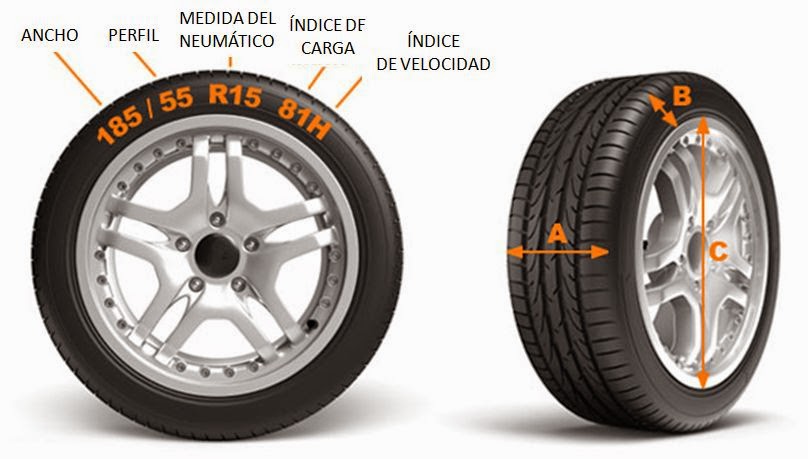 It is possible to deviate from the permitted dimensions, but it is important to consider the effect of new tires on the behavior of the car.
It is possible to deviate from the permitted dimensions, but it is important to consider the effect of new tires on the behavior of the car.
Overview of different tire and wheel combinations
Contents
The European marking is applied to the sidewall. It consists of three numbers and one English letter, which indicates the construction of the cord. An example of marking is 225/40 R18. Tire width is listed first.
It is given in millimeters. In the example of the wheel under consideration, the width is 22.5 cm. When measuring it, all kinds of bulges arising from the letters, pictograms and numbers of the marking and other elements of the side surface of the ramp are not taken into account.

The profile height is given as the second digit after the fraction. Please note that the value is given as a percentage, not in millimeters or inches. The numbers show the ratio of the profile height to the slope width. In this example, 40 percent of 225 millimeters is 90 mm.
The design of the tire cord is indicated by a letter index. Most of the wheels of modern passenger vehicles are built according to the radial type. Therefore, the marking is dominated by the Latin letter R. The diagonal structure is almost forced out. In the marking, the symbol D is used for its designation. Its value is indicated in inches. In order for the ramp to fit the machine, the seat size must be equal to the diameter of the rim. In the example shown, it is 18 inches.
The outside wheel size of a vehicle can be easily calculated from the tire marking. To do this, add twice the tire profile value to the rim size. It is important to bring everything to a single system of measurements.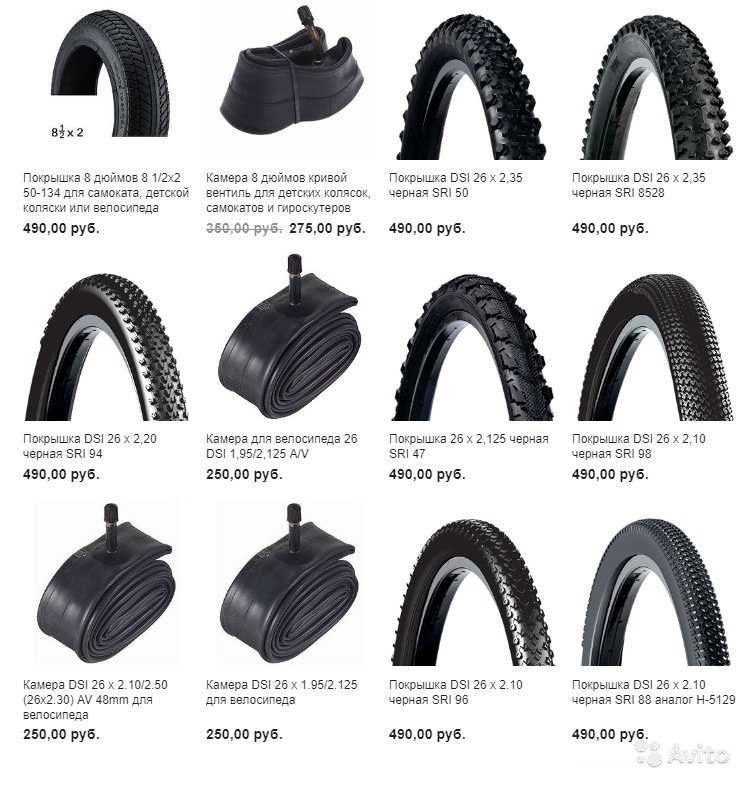
Table - Description of marking features
| Symbol | Supplement |
|---|---|
| Width | The most popular models are in the aisles from 150 to 260 |
| Profile height | Less than 50% is called low profile, and 80% or more is high profile |
| Cord | Weave diagonally or radially |
| Rim diameter | Passenger car ranges from 11" to 26" |
Marking overview
A marking that indicates the profile height is applied to the tire sidewall. It is performed in large characters, so it will not be difficult to detect it.
Marking example
European marking
If there is no access to the sidewall of the tire in the store, then very often you can find the necessary information on the sticker. It is usually placed directly on the tread.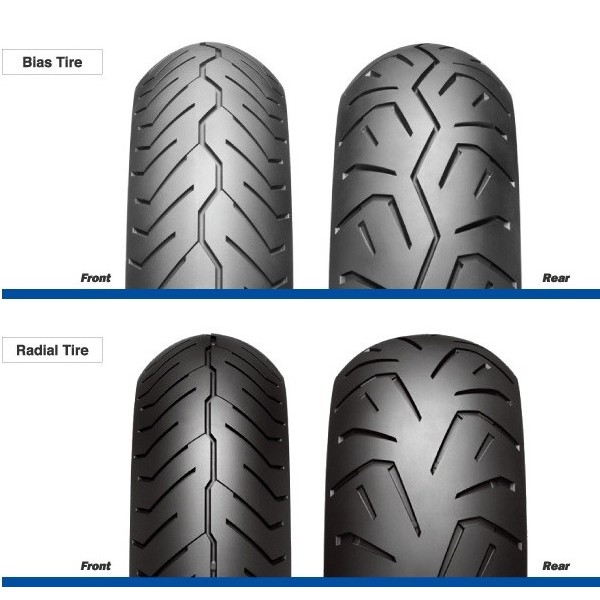 In the absence of a sticker, you can find out the slope profile and other parameters in the rubber documentation.
In the absence of a sticker, you can find out the slope profile and other parameters in the rubber documentation.
Sticker on the sold tire
You can find out what parameters a safe wheel has for a particular car in the documentation for the car. You should not deviate too much from the recommendations, as the profile affects:
Chute profile comparison
Photos of the appearance of wheels with low profile and full profile tires
The height of the profile is most noticeable when driving along an arc path.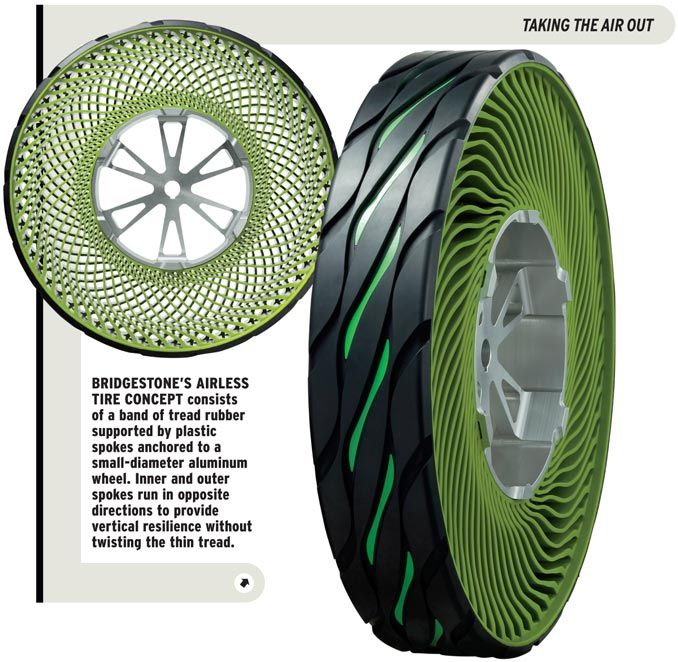 At this time, rubber deflection occurs due to significant lateral loads on the slope. Because of this, the contact patch of the tire is reduced. Minimal tire slip is required to maintain excellent handling. In this case, even at high speed in the turn, an acceptable reaction to commands from the steering wheel will be maintained.
At this time, rubber deflection occurs due to significant lateral loads on the slope. Because of this, the contact patch of the tire is reduced. Minimal tire slip is required to maintain excellent handling. In this case, even at high speed in the turn, an acceptable reaction to commands from the steering wheel will be maintained.
Contact patches when driving in an arc on tires with a different profile
The optimum balance between ride and handling can only be achieved by adhering to a certain tire pressure, taking into account the height of their profile. It is recommended to pump up low tires much more strongly.
This allows you to give it additional rigidity, which manifests itself in the sharpness of control. The table below shows the pressure values \u200b\u200brecommended by automakers in the slopes of passenger cars.
Table - Recommended pressure
To improve the aesthetic appearance of the car, giving it sporty properties, many car owners resort to installing low-profile tires.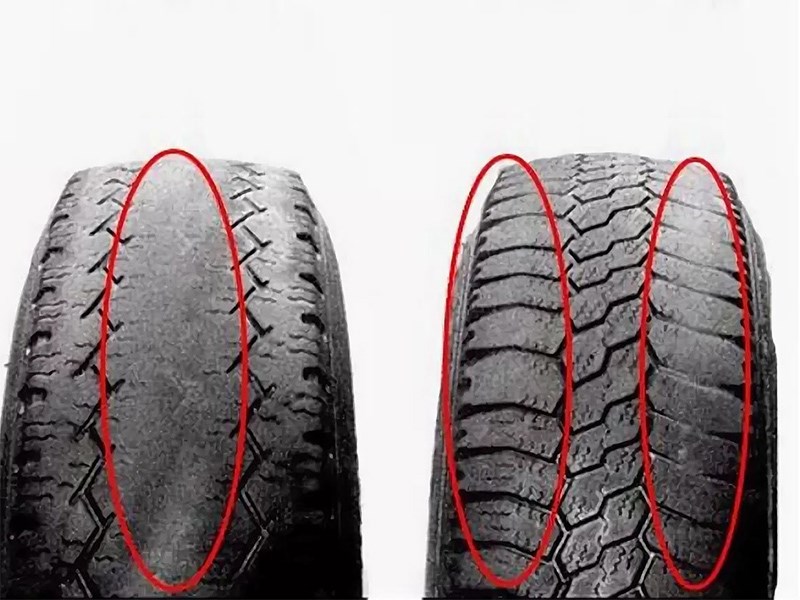 As a result, the driver receives excellent directional stability, a sharp reaction to steering turns. The main advantages and disadvantages of low profile tires can be found in the table below.
As a result, the driver receives excellent directional stability, a sharp reaction to steering turns. The main advantages and disadvantages of low profile tires can be found in the table below.
Table - The main advantages that low profile tires have
| Pros | Notes |
|---|---|
| Unleashing the speed of a car | Only low profile tires can unleash the full power of an engine |
| Improved braking intensity | Increased stiffness and stability of the contact patch result in reduced braking distance |
| Appearance | Vehicle with low profile tires looks more prestigious, sporty and stylish |
| Increased control over the machine | Tires provide good straight-line stability and steering control in corners |
| Reduced fuel consumption | Reduced rolling resistance |
Table - Analysis of the disadvantages of using low-profile tires on passenger vehicles
Low profile tire
High profile tires are often referred to as full profile tires. They are designed for driving on poor quality roads. Most often, such slopes are found on crossovers, pickups, SUVs and buses.
They are designed for driving on poor quality roads. Most often, such slopes are found on crossovers, pickups, SUVs and buses.
Based on driver feedback and expert opinion, a list of the main pros and cons of full profile tires has been compiled, which can be found in the tables below.
Table - Main advantages of full profile ramps
| Advantages of | Note |
|---|---|
| Winter comfort | Vehicle rarely gets stuck in snowdrifts and shows better handling on slippery road surfaces |
| Positive effect on suspension life | High-profile rubber absorbs shock, reducing stress on suspension components |
Table - Disadvantages of using full-profile ramps on vehicles
High profile tire
This type of rubber is very highly specialized, so it is rarely used on passenger cars.